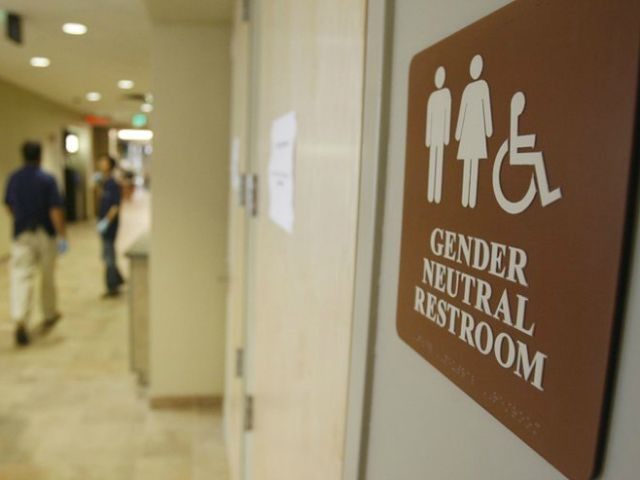Even medical education is being drafted into the transsexual-indoctrination business.
Is there any science that shows transsexuals or even the merely gender-confused get a different kind of allergy, or if their arms break in different ways? No, the injuries and maladies of the human body do not notice or care about ideological fashions such as “sexual orientation” or “gender identity.”
But medical students at Georgetown and other schools are being forced-marched though the post-modern, post-scientific ideological swamps of vanity politics instead of spending their precious time learning actual medicine.
Of course, the vanishingly small percentage of transsexual inclined people in the United States — less than 1 percent is the biggest guess offered UCLA’s trans-friendly Williams Institute — do want to be validated when they go to the doctor. So their lobbies are insisting that doctors, nurses and even receptionists accept their gender de jour or face quasi-legal charges of “discrimination” and even violence.
A 2010 study put out by the National Center for Transgender Equality claims that huge numbers of transsexuals “were denied equal treatment” in doctor’s offices, hospitals, emergency rooms, mental health clinics, by EMTs and in drug treatment facilities. Some claim to have been denied service altogether.
A mammoth report out from the Association of American Medical Colleges underscores what advocates say are enormous shortcomings among medical personnel. The report “aims to improve medical education and ultimately patient care around four axes of human experience: sexual orientation, gender identity, gender expression, and biological sex development.”
To show how confusing the trans-world is, this paragraph in the report deals with how to refer to the people under discussion:
Because a patient may appear to be cisgender but actually be transgender, because people who are transgender vary in how they wish to be identified, and because being gender nonconforming is not at all the same as being transgender, in this document we have again used the language of “patients who may be transgender.”
Even this report is unsure of how to proceed, yet it is considered a form of discrimination if a receptionist gets someone’s gender identity wrong. Consider a case study from the report.
Michelle Brown is a 65-year-old woman who identifies and dresses as a man and who’s been diagnosed with a “pelvic mass.” She presents herself at a gynecology oncology clinic for treatment. She has been receiving transdermal testosterone for twenty years and has a beard.
When “he” arrives the receptionist “looks him up and down during check-in, appearing confused and said, ‘This is a gynecology clinic, and we only see women here.’” He/she is embarrassed and feels the room of patients are scrutinizing him/her. A few minutes later the medical assistant calls out for Michelle Brown and seeing a “man” approach says, “I don’t think you heard me correctly … I’m looking for Michelle. You’re not Michelle, are you?”
In order to avoid embarrassing a woman appearing to be a man, as in this case, medical schools are teaching doctors who will presumably teach their receptionists that they cannot assume anything about the sex or gender of those seeking treatment. Among the first questions you will now get at a doctor’s office is the pronoun you wish to be known by.
According to Wikipedia, the pronoun alternatives are numerous and metastasizing; “e for he or she, h’ for him or her in object case, and ‘s for his or her(s) or its; ‘zhe’ (also ‘ze’), ‘zher(s)’ (also ‘zer’ or ‘zir’), ‘shi’/’hir’, and ‘zhim’ (also ‘mer’) for ‘he or she’, ‘his or her(s)’, and ‘him or her’, respectively; ‘self (for himself/herself); and hu, hus, hum, humself (for s/he, his/hers, him/her, himself/herself).” If you can follow that.
According to an article in Slate by Daniel Marchalik, who works at the Georgetown Medical School, “…large sections of the Human Sexuality module taught to second-year medical students center on LGBT issues.” He writes:
A big effort is directed toward pushing against conventional ideas and boundaries and at teaching medical students to pose meaningful and open-ended questions to their patients: What does sex mean to you? What role does sexuality play in your everyday life?
So, you have that to look forward to one day at the doctor’s office. Let’s hope the young doctors have time to memorize our hard-earned scientific knowledge about ovaries and testicles.
Follow Austin Ruse on Twitter @austinruse

COMMENTS
Please let us know if you're having issues with commenting.